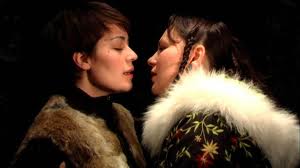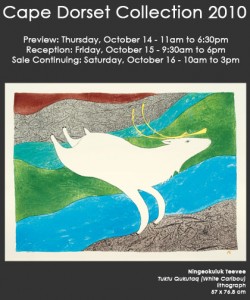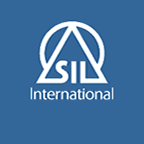Tanya Tagaq and Cellina Kalluk throat singing
In Inuktitut, throat singing is called katajjaq, pirkusirtuk or nipaquhiit depending on the Canadian Arctic region. I was intrigued the first time I heard traditional, Arctic throat singing – likely on CBC Radio One. It seemed a music form in and of the past until I heard about Tanya Tagaq collaborating with Bjork.
From a little listening, reading and watching online I have learned more about the history of this music, how young people are being attracted to it, and the struggle between elders wishing to preserve the traditional throat songs and the young who want to make the singing relevant to their lives.
To learn more, I recommend the following links:
“Throat singing gets a modern twist.” CBC audio broadcast (March 17, 2002). Hear young musicians blend traditional throat singing with other musical styles like rock and pop and rap.
http://archives.cbc.ca/sports/more_sports/clips/6667/
“Preserving the sounds of the Arctic tundra: Throat singing” (2005). An article about the resurgence of throat singing.
Tanya Tagaq – Tanya explains and demonstrates throat singing. Video, 3 min.
https://www.youtube.com/watch?v=Phr1HVwrjlQ
Tanya Tagaq and her cousin Cellina Kalluk – This site has written information and links to audio and videos.
http://thepuredrop.com.au/artists/tagaq.htm
“A string quartet in her throat.” Collaboration of Kronos Quartet and Tanya Tagaq. Video, 7 min., 2006. Tanya says this work fulfilled her dream to “interpret her home through musicians.”
https://www.youtube.com/watch?v=0YTtUolJa9E&NR=1
Kathy Keknek and Janet Aglukkaq – Application for traditional performer at 2008 Arctic Games. Video, 6 min, 2007.


